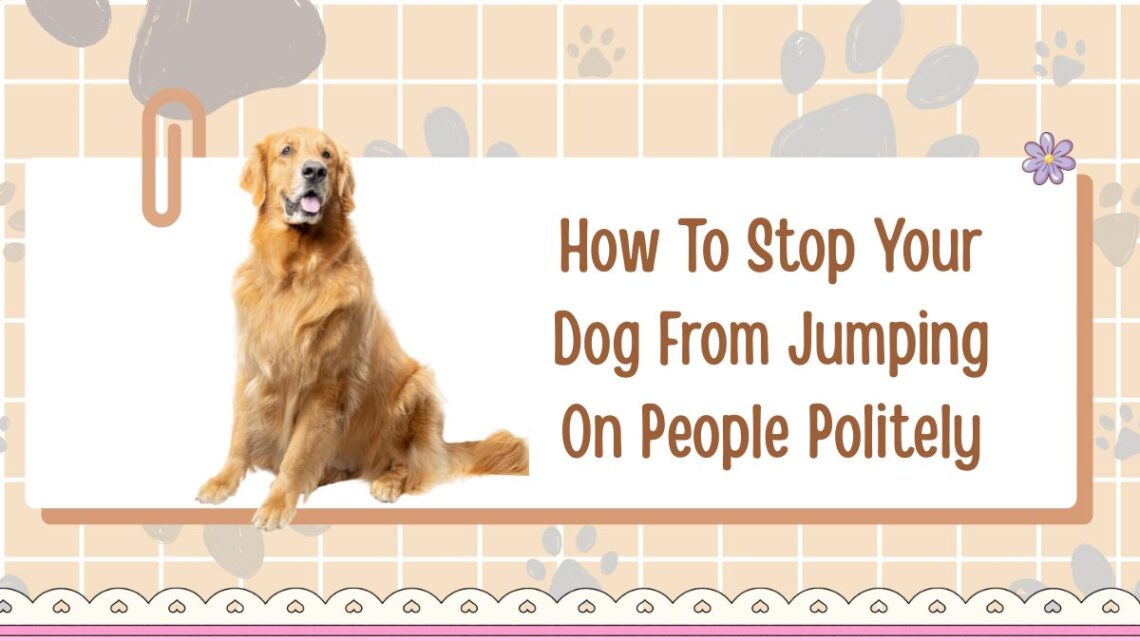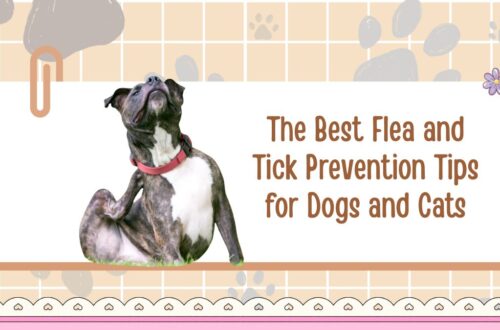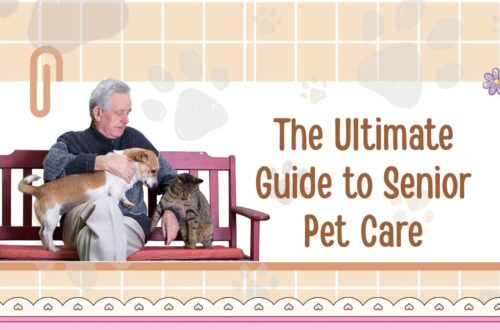A jumping dog might seem cute at first, but when muddy paws hit fresh clothes or an excited pup knocks down a child or an elderly guest, it becomes a serious problem.
The good news is that with consistent training, patience, and positive reinforcement, you can teach your furry friend to greet politely — with all four paws on the floor.
This guide explains everything you need to know: why dogs jump, the step-by-step training process, common mistakes, and how to make polite greetings a permanent habit.
Why Dogs Jump on People
Dogs don’t jump out of defiance; they do it because it works. When they jump, they get attention — even if it’s negative. Here are the key reasons:
- Seeking attention: Dogs learn early that jumping earns eye contact, speech, or touch.
- Excitement and greeting behavior: In dog language, face-to-face contact is normal. Jumping is their way of saying hello.
- Lack of training: If a dog doesn’t know what behavior is expected during greetings, it will default to jumping.
- Inconsistent responses: If some people ignore the behavior and others reward it with petting, the dog gets mixed signals.
Understanding the motivation helps you address the root cause rather than just reacting to the symptom.
Core Training Principles
Before you begin training, keep these principles in mind:
- Teach what you want. It’s not enough to say “Don’t jump!” — show your dog what you want instead, like sitting or staying calm.
- Reward good behavior instantly. Praise or treat your dog the moment they keep their paws down or sit quietly.
- Ignore unwanted behavior. Avoid yelling, pushing, or making eye contact during jumping — these count as attention.
- Be consistent. Everyone who interacts with your dog must follow the same rule every time.
- Use management tools. Until your dog learns, use a leash, crate, or gate to prevent reinforcement of bad habits.
Step-by-Step Training Plan
Below is a simple yet effective training plan to stop your dog from jumping and encourage polite greetings.
| Step | Action | Why It Works |
|---|---|---|
| 1. Set a clear rule | Decide on one rule — “four paws on the floor” or “sit before greeting.” | Clarity helps your dog understand expectations. |
| 2. Manage the situation | Use a leash or baby gate when guests arrive. Prevent unwanted jumping during learning. | Stops the dog from practicing bad behavior. |
| 3. Reward calm greetings | Praise or treat the dog as soon as it remains calm or sits. | Reinforces good manners instantly. |
| 4. Ignore the jump | Turn your back or walk away without saying anything. | Removes the reward (attention) for jumping. |
| 5. Practice daily | Rehearse greetings during homecomings, guest visits, and walks. | Builds repetition and reliability. |
| 6. Reduce treats over time | Slowly replace treats with verbal praise or affection. | Encourages consistent behavior without food dependency. |
| 7. Train in multiple locations | Practice in different settings with varying distractions. | Ensures the dog generalizes polite greetings everywhere. |
Alternative Training Techniques
1. The “Four Paws on the Floor” Game
Place treats on the ground as people approach. When your dog keeps all four paws down, praise and let them eat the treat. Over time, phase out treats and reward with attention instead.
2. Teach the “Sit to Greet” Command
Ask your dog to sit whenever someone enters. If they stay seated, allow the person to greet them. If they stand or jump, the person should turn away. Repeat until sitting becomes the default greeting behavior.
3. Leash-Controlled Greetings
For high-energy dogs, keep a short leash when greeting guests. Reward calmness and gradually allow more freedom as your dog demonstrates control.
4. Desensitize Excitement
If your dog gets overly excited when people come home, practice “fake arrivals.” Go outside, ring the doorbell, come in calmly, and ignore jumping. Repeat until your dog realizes arrivals are routine, not a cue for chaos.
Managing Energy and Impulse
Sometimes, jumping stems from too much pent-up energy. Try these strategies:
- Increase exercise: Longer walks, fetch sessions, or agility games burn energy that might otherwise turn into excitement.
- Add mental stimulation: Puzzle toys, scent work, or obedience drills help focus your dog’s mind.
- Teach impulse control: Commands like wait, stay, and leave it reduce impulsive behavior.
- Provide enrichment: Chew toys, lick mats, and interactive feeders keep your dog occupied and relaxed.
A mentally and physically balanced dog is far less likely to jump.
Socialization and Guest Training
Your guests play an important role. If they squeal or pet your dog during a jump, they unintentionally reinforce the behavior.
Train guests to:
- Enter calmly without eye contact or excitement.
- Ignore the dog until it’s calm or sitting.
- Reward calm behavior with attention or a treat tossed on the floor.
For large gatherings, keep your dog in another room or on a leash until the initial excitement passes.
Common Problems and Fixes
| Problem | Why It Happens | How to Fix It |
|---|---|---|
| Dog still jumps when excited | Overstimulation or inconsistency | Practice calm arrivals and exits daily. |
| Dog jumps on certain people only | Inconsistent rules | Make sure everyone follows the same protocol. |
| Dog sees “no jumping” as a game | Owner gives attention (talking, pushing) | Stay silent and turn away completely. |
| Dog forgets training outside | Lack of generalization | Practice in public and gradually increase distractions. |
| Small dog still jumps | Owners find it “cute” | Enforce rules equally regardless of size. |
What Not to Do
- Don’t yell or scold. This can excite or scare the dog, worsening the problem.
- Don’t use physical punishment. Kneeing or pushing can injure your dog or make it anxious.
- Don’t allow exceptions. Even one “okay” jump confuses your dog.
- Don’t forget to practice. Sporadic training won’t stick — consistency is key.
Realistic Timeline for Success
| Training Stage | Timeframe | Expected Results |
|---|---|---|
| Initial training & management | 1–2 weeks | Dog begins understanding that jumping = no attention. |
| Reinforcement phase | 2–4 weeks | Dog greets calmly most of the time with reminders. |
| Generalization phase | 1–3 months | Dog greets politely in all settings and with strangers. |
Remember, older dogs or those with a long history of jumping may take longer, but progress will come with consistency.
Benefits of Teaching Polite Greetings
- Safety: Prevents injuries, especially for children and older adults.
- Social confidence: Visitors feel comfortable and welcome.
- Better obedience: A well-trained greeting builds discipline for other commands.
- Stronger bond: Positive interactions improve trust and communication.
- Less stress: A calm household leads to a happier dog and owner.
Long-Term Maintenance
Once your dog masters polite greetings, keep reinforcing the behavior:
- Continue rewarding calm greetings occasionally.
- Rehearse training when new guests visit.
- Maintain exercise and mental stimulation.
- Periodically review commands like sit, stay, and wait.
- Keep excitement levels low during arrivals and departures.
Dogs thrive on routine and clarity, so polite greetings should become second nature with ongoing reinforcement.
Teaching your dog to stop jumping on people politely is about patience, practice, and positive reinforcement.
By replacing jumping with calm, controlled behaviors like sitting or standing still, you teach your dog how to interact respectfully.
Avoid punishment, stay consistent, and involve everyone in your household and visitors in following the same rules. In time, your dog will understand that polite greetings earn attention and affection — not wild jumping.
With love, guidance, and a bit of persistence, your dog can become the well-mannered companion every pet owner dreams of — greeting guests calmly, confidently, and politely every time.
FAQs
Most dogs show progress within 2–4 weeks if you’re consistent. However, complete reliability in all situations may take 2–3 months of practice.
A regular flat collar or harness is best for this type of training. Avoid choke or prong collars; they don’t address the root cause and can create fear.
Yes! Adult dogs can learn just as well as puppies. It may take more time and patience, but positive reinforcement works at any age.






